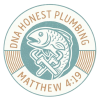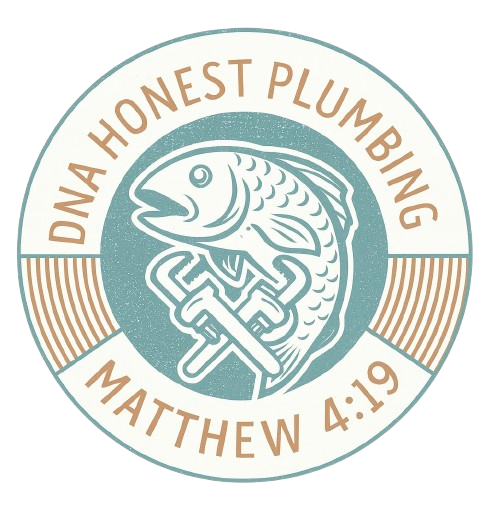Sterling Heights properties commonly experience frozen or burst supply lines, aging sewer mains with root intrusion, and water‑heater failures due to element or dip‑tube wear. Seasonal freeze–thaw cycles and poor crawlspace humidity control exacerbate failures. Homeowners should prioritize targeted pipe insulation, annual service‑line inspections, and pressure testing. Basic fixes include faucet cartridge replacement and trap clearing; persistent or system‑wide faults require licensed diagnostics. Continued content outlines contractor selection, estimated costs, and step‑by‑step winterization and resources.
Key Takeaways
- Frozen or burst pipes, sewer-line root intrusion, and failing water heaters are the most common plumbing problems in Sterling Heights.
- Insulate exposed supply and waste runs and drain exterior lines to prevent winter freeze damage.
- Perform annual inspections, pressure tests, and targeted repairs to reduce emergency interventions and extend system life.
- Attempt minor DIY fixes (cartridge replacement, tightening) but call a licensed pro for persistent leaks, sewage odors, or low system pressure.
- Choose local plumbers by verifying license and insurance, requesting itemized estimates, and confirming emergency response times and warranties.
Common Plumbing Problems in Sterling Heights Homes
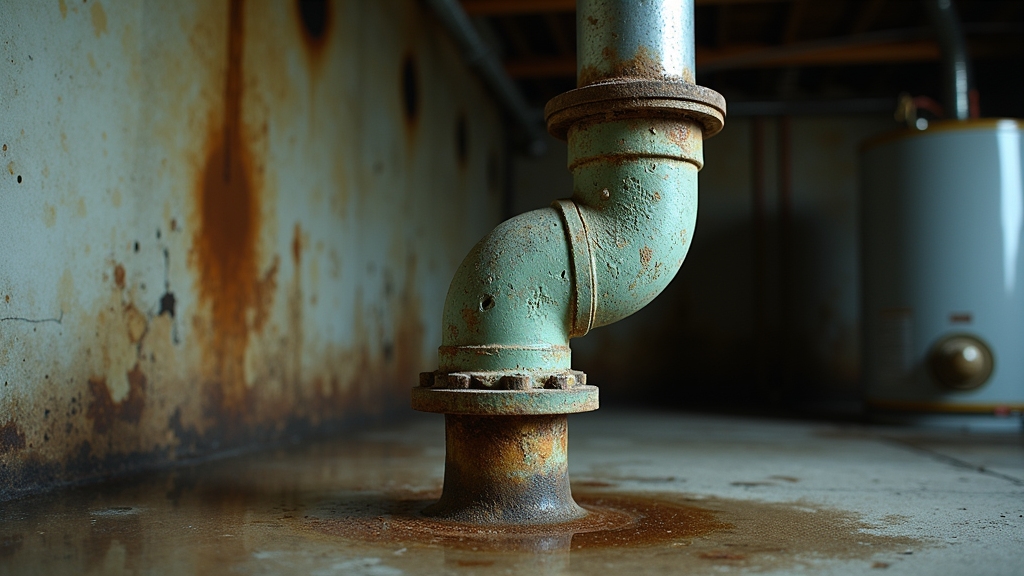
Because Sterling Heights experiences cold winters and aging infrastructure, homeowners commonly face frozen or burst pipes, malfunctioning water heaters, and sewer-line deterioration.
The dominant failure modes are mechanical fatigue, corrosion-induced perforations, thermal contraction stress, and sediment accumulation.
Frozen pipes create localized pressure spikes leading to joint failure; detection relies on pressure differentials, acoustic transcript analysis, and thermal imaging.
Frozen pipes cause localized pressure spikes that rupture joints; detect via pressure differentials, acoustic analysis, and thermal imaging.
Clogged drains result from progressive biofilm, hair, grease, and mineral deposition, producing reduced flow, airlocks, and backpressure.
Water heaters exhibit element burnout, dip-tube failure, and sacrificial-anode depletion, observable through temperature variance and turbidity.
Sewer lines suffer root intrusion, joint displacement, and infiltrative cracking; camera inspection characterizes defect type and extent.
Repair strategies require component-level replacement, targeted excavation, or relining with cured-in-place techniques for accurate scope assessment.
Seasonal Plumbing Challenges and Prevention
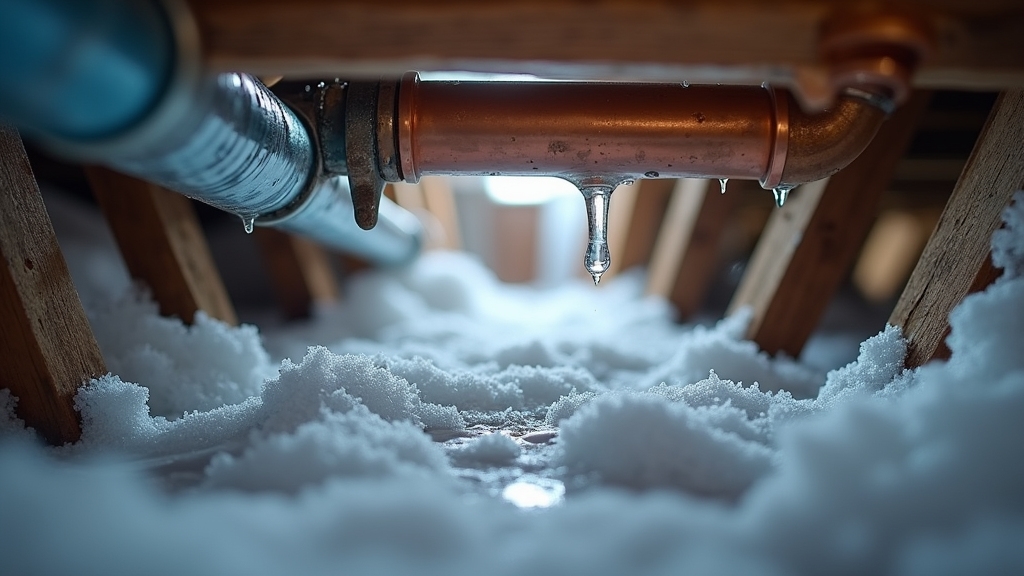
How should homeowners address seasonal plumbing stresses in Sterling Heights? The recommended approach segments risks by freeze, thaw, and heavy-precipitation cycles.
Annual seasonal maintenance schedules should include inspection of service lines, pressure tests, valve exercise, and sediment removal from hot-water systems.
Critical preventive measure: targeted pipe insulation of exposed supply and waste runs in unconditioned spaces and along exterior walls.
Maintain building heat strategies and monitor crawlspace humidity to limit condensation and corrosion.
During thaw, confirm roof and gutter drainage to prevent ground saturation that can displace lateral sewer lines.
Document findings, prioritize repairs based on failure probability and consequence, and coordinate professional diagnostics for pressure anomalies or persistent leaks.
This systematic regimen reduces emergency interventions and extends system longevity and limits asset degradation.
DIY Repairs Renters and Homeowners Can Try
When minor plumbing issues arise, renters and homeowners can often perform targeted DIY repairs that restore function and prevent escalation.
The piece outlines practical tasks: replacing faucet cartridges, tightening supply-line connections, clearing P-trap clogs, and reseating toilet flappers. It emphasizes methodical steps, required plumbing tools (adjustable wrench, basin wrench, slip-joint pliers, plumber’s tape, auger) and material specifications.
Diagnostic sequence, component isolation, and pressure mitigation are described concisely. Repair techniques focus on correct torque, thread sealing, part compatibility, and leak testing under controlled conditions.
Safety protocols include shutting water, depressurizing lines, and wearing protective gloves and eye protection. Clear documentation of parts and measurements guarantees repeatability and prevents improper substitutions that cause recurring failures.
Simple repairs extend system life when executed with discipline and precision.
Signs You Should Call a Professional Plumber
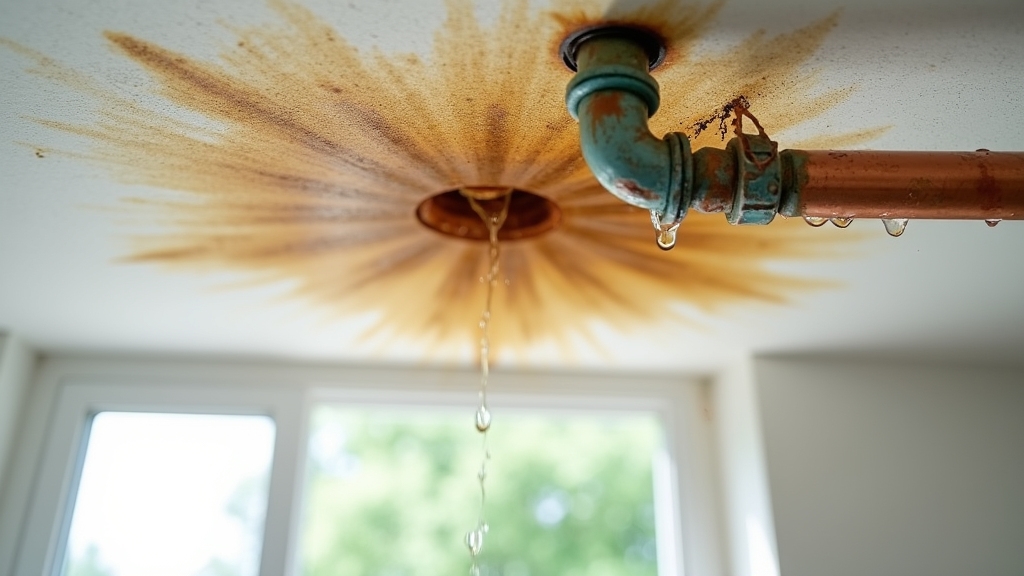
Persistent leaks that continue after basic fixes indicate underlying component or pipe failure requiring professional diagnosis.
Sustained low water pressure across multiple fixtures often signals supply line, pressure regulator, or blockage issues best handled by a licensed plumber.
Sewage odors in the home point to trap, vent, or sewer-line failures that require immediate professional attention.
Persistent Leaks
If a leak recurs after standard DIY repairs, it signals a likely failure in seals, fittings, or pipe integrity that requires professional assessment.
Persistent leaks necessitate systematic leak detection using electronic sensors, pressure testing, and tracer dye to map source and extent. A professional evaluates joint torque specifications, corrosion patterns, and material fatigue to determine repair versus section replacement.
Attention to concealed lines, slab penetrations, and appliance connections prevents recurrent failures. Documenting moisture levels and photographed evidence quantifies water damage for remediation and insurance.
Temporary measures—localized shutoffs, clamps—reduce flow but do not substitute for corrective work addressing root cause. A licensed plumber applies code-compliant materials, verifies leak-free status under rated pressure, and issues a remediation report for long-term reliability.
Follow-up inspections guarantee sustained integrity.
Low Water Pressure
Low water pressure across multiple fixtures, intermittent sputtering, or a marked drop in flow when appliances engage are clear indicators of a system-level issue that warrants a professional plumbing assessment.
A qualified plumber evaluates mains supply, meter pressure, pressure-reducing valves, buried service line condition, and branch piping for hydraulic losses and obstructions.
Diagnostic steps include static and residual pressure measurements, flow testing, and leak detection using acoustic and tracer methods.
Investigation distinguishes municipal supply problems, internal scale or corrosion, faulty regulators, and demand-related deficits—common water pressure causes that require targeted remediation.
Where appropriate, solutions may involve regulator replacement, localized repairs, service line upgrades, or engineered pressure boosting with variable-speed pumps and controls to restore reliable performance.
Routine documentation and follow-up validate corrective effectiveness annually.
Sewage Odors
What does the presence of sewer-like odors indicate about a plumbing system? It signals compromised traps, venting failures, or pressure imbalances permitting sewer gas migration.
Inspection should prioritize trap seals, dry fixtures, roof vent blockages, and cracked lateral lines. Persistent strong smells often correlate with partial blockages or developing sewage backup; intermittent odors suggest transient pressure events or P-trap evaporation.
A professional assesses odor sources using smoke testing, dye tests, camera inspection, and manometer readings.
Remediation targets the identified defect: restore trap seals, clear vent obstructions, repair cracked pipes, or relocate improper appliance venting. For risk mitigation, record flow patterns, sample air if required, and implement maintenance intervals.
Rapid engagement of a qualified plumber prevents health risks, structural damage, and regulatory violations and fines.
Choosing Local Plumbing Services and What to Expect
Homeowners should verify a contractor’s license and confirm active liability and workers’ compensation insurance to mitigate compliance and liability risks.
They should evaluate response times and on-call availability for both emergency and scheduled work.
Requesting itemized pricing and written estimates allows precise cost comparison and scope verification.
Licensing and Insurance
Because licensing standards and insurance coverage vary, verifying both is essential before hiring a Sterling Heights plumber. The contractor selection process should confirm state licensing number, specific plumbing certifications, and current insurance coverage limits. Review scope-of-work endorsements, general liability, and workers’ compensation policies; request certificates of insurance and verify with carriers. For complex systems insist on journeyman or master-level credentials and manufacturer-authorized installer status. Maintain documented consent for permit pulls and lien waivers. Use the table below to summarize critical checks.
| Item | What to request | Verification method |
| License | State number, classification | Online lookup |
| Insurance | Policy types, limits | Certificate check |
| Certifications | Specialty credentials | Copies, registries |
Retention of records for warranty and audit purposes is mandatory; retain digital copies for the duration of statutory limitation periods.
Response Times and Availability
Three factors determine acceptable response times: emergency classification, travel distance, and crew availability. A practitioner assesses call triage to distinguish life-safety events from non-urgent repairs; emergency response protocols prioritize containment, isolation, and immediate mitigation.
Travel distance is calculated from garage location, traffic patterns, and equipment staging; calculated ETA should reflect realistic mobilization, not optimistic marketing.
Crew availability is quantified by crew count, certifications on shift, and spare-parts inventory; true service availability is reduced when specialists are committed to ongoing jobs.
Clients should require documented SLA windows, technician qualifications, and escalation paths. Records of past response metrics and adjustable dispatching logic indicate competent operations and enable objective selection of local plumbing services.
Performance data must be auditable and integrated into procurement decision frameworks regularly, demonstrably.
Pricing and Estimates
When evaluating pricing and estimates for local plumbing services, the decision should be guided by clear scope definition and the chosen pricing model—fixed-price, time-and-materials, or capped-estimate—each with predictable implications for risk allocation and cost control.
The operator assesses bids by parsing unit rates, labor categories, permit fees, and contingency assumptions. Require line-item estimates to improve estimate accuracy and enable comparisons; demand documentation of material grades and labor rates.
Prefer vendors who publish pricing transparency policies and who quantify change-order protocols and hourly overtime rates. For complex jobs insist on diagnostic fees, schematic plans, and milestone-based payments tied to verifiable deliverables.
Contract terms should specify warranty coverage, dispute resolution, and precise acceptance criteria to avoid scope creep and cost overruns. Require references and insurance verification.
Cost-Saving Maintenance Tips and Winterizing Pipes
Several routine maintenance actions substantially reduce plumbing expenses and prevent freeze-related failures: insulating exposed and unheated runs, draining and winterizing outdoor lines, identifying and repairing leaks, testing pressure-relief and backflow devices, and scheduling annual inspections.
Technicians advise systematic application of pipe insulation to vulnerable runs, sealing gaps at penetrations, and installing heat tape where thermal modeling indicates risk. Regular faucet maintenance, including cartridge inspection, aerator cleaning, and valve-seat assessment, reduces water waste and detects upstream pressure anomalies.
Systematically insulate vulnerable pipes, seal penetrations, and add heat tape; maintain faucets—cartridges, aerators, and valve seats—to prevent waste and detect pressure issues.
Seasonal checklist: isolate and drain exterior fixtures, shut off and drain irrigation manifolds, purge low points, and validate boiler expansion tanks and relief valves. Meter readings and pressure tests quantify deterioration.
Implementing targeted repairs based on diagnostics preserves system integrity, minimizes emergency replacements, and optimizes lifecycle cost.
Conclusion
Plumbing issues in Sterling Heights — fromfrozen pipes andburst supply lines toaging sewer mains andwater-heater failures — can quickly escalate if not handled promptly and professionally. While DIY fixes like cartridge replacement or trap clearing can solve small problems, system-wide issues demand the expertise of licensed plumbers who understand local codes and have access to advanced diagnostics likecamera inspections andpressure testing.
Take a proactive approach: insulate vulnerable pipes, scheduleannual drain and sewer inspections, and plan regularwater-heater maintenance to avoid costly emergencies.
Need immediate help or expert guidance? Call 586-257-1272 or visitDNA Honest Plumbing for trusted, local solutions. Whether you’re dealing withemergency leaks,frozen pipes, or planning preventive upgrades, our certified Sterling Heights plumbers deliver prompt, affordable, and reliable service — 24/7.
